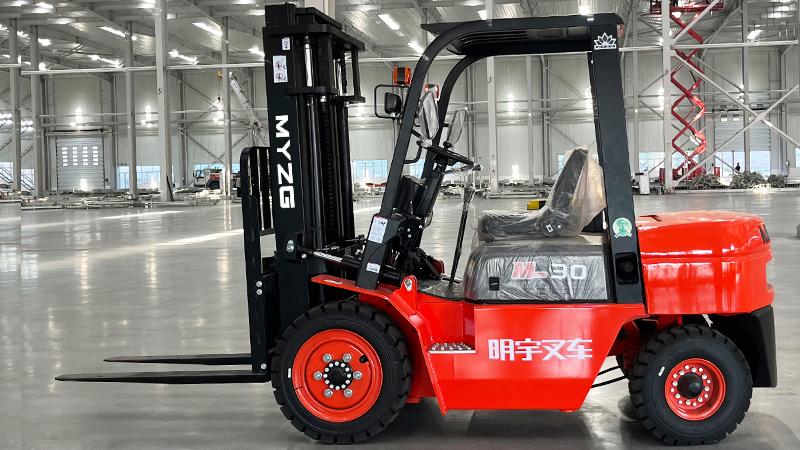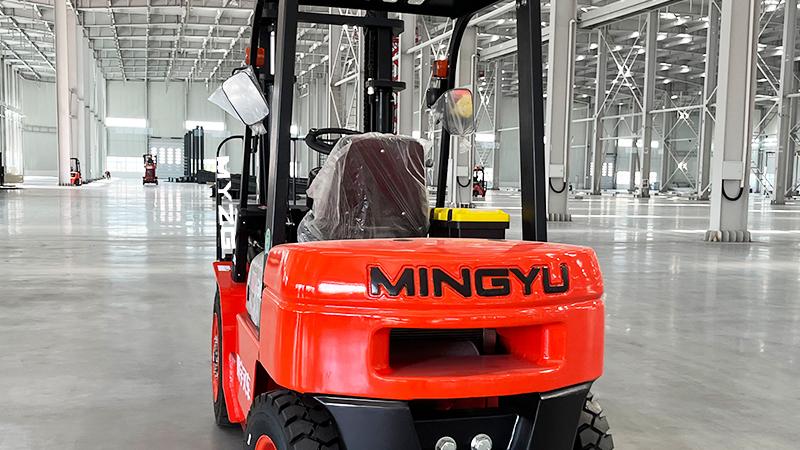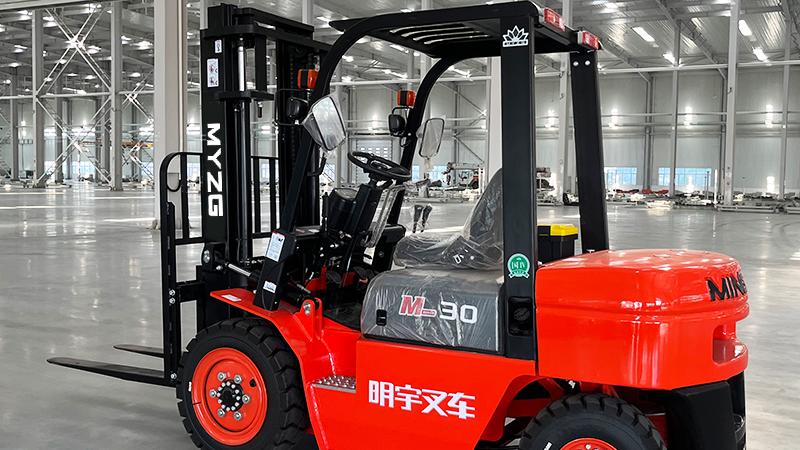The material handling industry is witnessing a significant transformation as hybrid technology emerges as a viable solution for rough-terrain applications, blending the power of diesel with the efficiency of electric systems. This innovative approach to forklift design represents a middle ground between traditional diesel-powered machines and fully electric models, offering a unique set of advantages and challenges for operations in construction, agriculture, and other demanding outdoor environments. The hybrid rough-terrain forklift combines a conventional diesel engine with an electric drive system and battery storage, creating a versatile machine capable of operating in multiple power modes to optimize performance and efficiency. This technological evolution addresses the growing demand for equipment that can reduce environmental impact without compromising the power and endurance required for challenging terrains. As companies strive to meet sustainability goals while maintaining operational effectiveness, the hybrid forklift presents itself as a compelling option worthy of thorough examination alongside its diesel and electric counterparts.
One of the most significant advantages of the hybrid rough-terrain forklift is its remarkable fuel efficiency and reduced emissions compared to conventional diesel models. The integration of electric power allows the system to recover and store energy during braking and lowering operations, which would otherwise be wasted as heat in traditional systems. This regenerative braking technology charges the battery pack without requiring external charging infrastructure, making the hybrid forklift particularly valuable in remote job sites where electrical access may be limited. The diesel engine in a hybrid configuration typically operates at optimal efficiency levels, either providing power directly to the wheels or generating electricity for the electric motor, resulting in substantially lower fuel consumption and extended operating periods between refueling. Furthermore, the hybrid system significantly reduces harmful emissions such as nitrogen oxides and particulate matter, helping companies comply with increasingly stringent environmental regulations while improving air quality on worksites. The ability to operate in electric-only mode for short distances or when working in sensitive environments represents another environmental advantage that pure diesel forklifts cannot offer.
Despite these benefits, hybrid rough-terrain forklifts present certain limitations that must be carefully considered. The initial purchase price of a hybrid model is substantially higher than that of a conventional diesel forklift, creating a significant barrier to adoption for many businesses, particularly smaller operations with limited capital budgets. The complex integration of two power systems results in a more sophisticated machine with additional components that could potentially require specialized maintenance and repair services. While hybrid systems are designed for reliability, the increased complexity introduces additional potential failure points that could lead to higher repair costs and extended downtime if specialized technicians are not readily available. The weight distribution and overall design of hybrid rough-terrain forklifts must accommodate both power systems, which can sometimes result in compromises in maneuverability or load capacity compared to single-power-source alternatives. Additionally, the battery technology in hybrid systems, while less extensive than in fully electric forklifts, still presents concerns regarding performance in extreme temperatures and eventual replacement costs after years of service.
When comparing hybrid technology to purely diesel or electric rough-terrain forklifts, several distinct considerations emerge that influence the optimal choice for specific applications. Diesel-powered rough-terrain forklifts remain the traditional workhorses of outdoor material handling, offering proven reliability, straightforward maintenance, and high power output for the most demanding lifting tasks on uneven surfaces. However, they produce significant emissions and noise pollution while suffering from lower fuel efficiency, especially in stop-start applications. Fully electric rough-terrain forklifts provide zero local emissions, exceptionally quiet operation, and lower energy costs but are limited by battery capacity and charging requirements that may be impractical on remote job sites without adequate electrical infrastructure. The hybrid forklift strategically positions itself between these options, offering reduced emissions and improved fuel efficiency over diesel models while providing greater range and operational flexibility than purely electric alternatives. This makes hybrid technology particularly suitable for operations that require extended runtime in areas with limited access to charging facilities but still want to reduce their environmental footprint and operating costs. The decision between diesel, electric, or hybrid ultimately depends on specific operational requirements, environmental considerations, budget constraints, and long-term financial objectives, with each power source offering a distinct set of advantages for rough-terrain forklift applications.
Post time:Aug.22.2025



